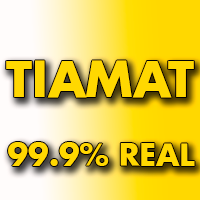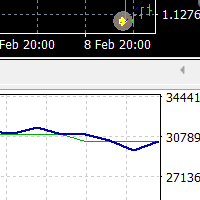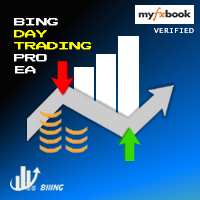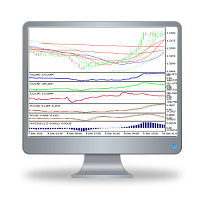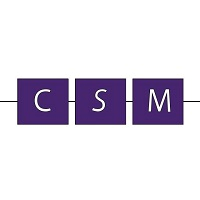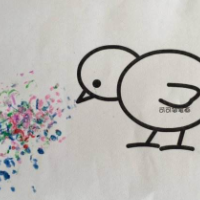TWZ Gold Killer
- Asesores Expertos
- Zafar Iqbal Sheraslam
- Versión: 1.0
- Activaciones: 5
The Gold Killer support and resistance strategy with Trilling Stop loss is a trading method that focuses on identifying key levels where the price of gold tends to find support (stop falling) and resistance (stop rising). Here's a breakdown of how to apply this strategy effectively:
Best Time Frame: 01 Hour
Works only on Gold: Minimum Deposit 10K
If someone wants for Currencies DM Me.
1. Understanding Support and Resistance
Support Level: A price level where a downtrend can be expected to pause due to a concentration of demand or buying interest.
Resistance Level: A price level where an uptrend can be expected to pause due to a concentration of supply or selling interest.
2. Identifying Support and Resistance Levels
Historical Price Data: Look at historical price charts to identify previous levels where the price has reversed direction.
Technical Indicators: Use indicators like moving averages, Fibonacci retracement levels, or pivot points to help identify these levels.
Volume Analysis: High trading volumes at certain price levels can also indicate strong support or resistance.
3. Tools and Techniques
Trend Lines: Drawing trend lines on price charts can help identify support and resistance levels.
Moving Averages: Short-term and long-term moving averages can act as dynamic support or resistance levels.
Fibonacci Retracement: These levels are often used to identify potential support and resistance areas based on the Fibonacci sequence.
Pivot Points: Calculated based on the previous day's high, low, and close prices, these points can indicate potential support and resistance levels for the current trading day.
4. Trading the Strategy
Entry Points: Look to buy near support levels and sell near resistance levels. Wait for confirmation signals such as bullish/bearish candlestick patterns, volume spikes, or other technical indicators.
Stop Losses: Place stop-loss orders just below support levels for buy trades and just above resistance levels for sell trades to manage risk.
Take Profits: Set take-profit targets at the next resistance level for buy trades and at the next support level for sell trades.
5. Example Trade Setup
Identify Levels: Using a daily gold chart, identify a strong support level at $1800 and a resistance level at $1850.
Confirmation: Wait for a bullish candlestick pattern (e.g., a hammer) at the $1800 support level.
Entry: Enter a long position at $1805 (slightly above the support level to avoid false breaks).
Stop Loss: Place a stop-loss order at $1795 (just below the support level).
Take Profit: Set a take-profit order at $1845 (just below the resistance level).
6. Risk Management
Position Sizing: Use appropriate position sizing to ensure that a single trade doesn't risk too much of your capital.
Diversification: Don’t rely solely on gold. Diversify your portfolio to manage risk better.
Continuous Monitoring: Regularly review and adjust your strategy based on market conditions and performance metrics.
7. Limitations
False Breakouts: Be aware of false breakouts where the price temporarily breaks a support or resistance level but then reverses direction.
Market Conditions: Support and resistance levels can be less reliable in highly volatile or trending markets.
Discipline: Stick to your trading plan and avoid emotional decision-making.
By following these guidelines, traders can effectively use the gold support and resistance strategy to make informed trading decisions.














